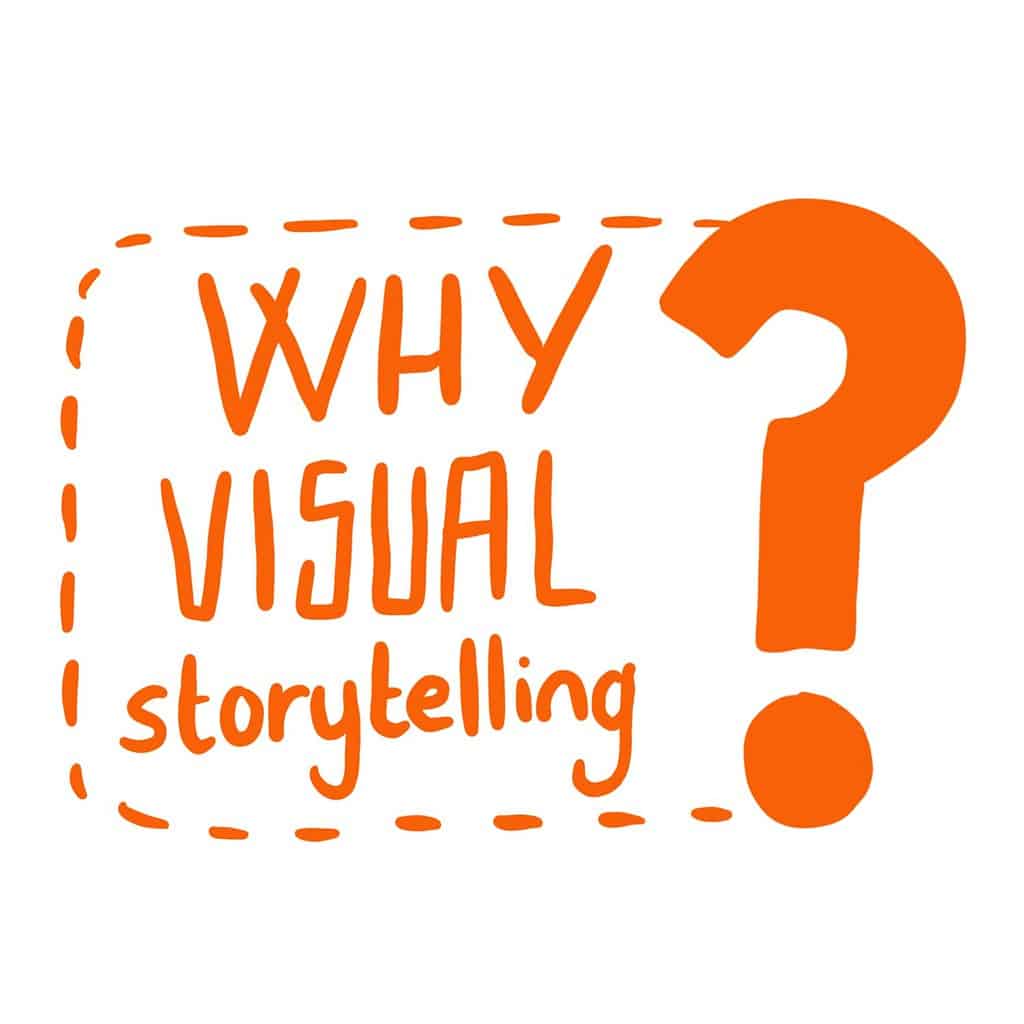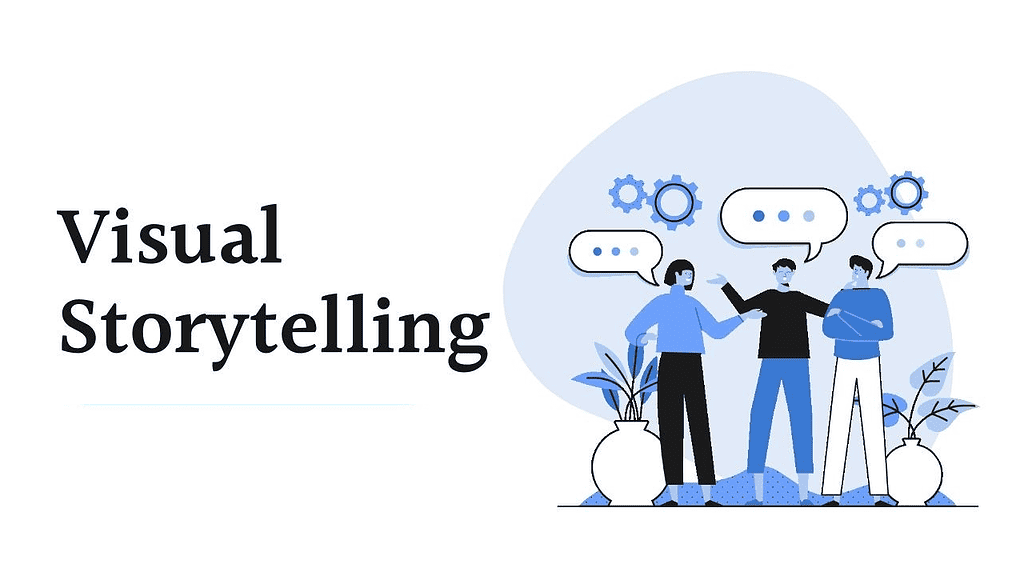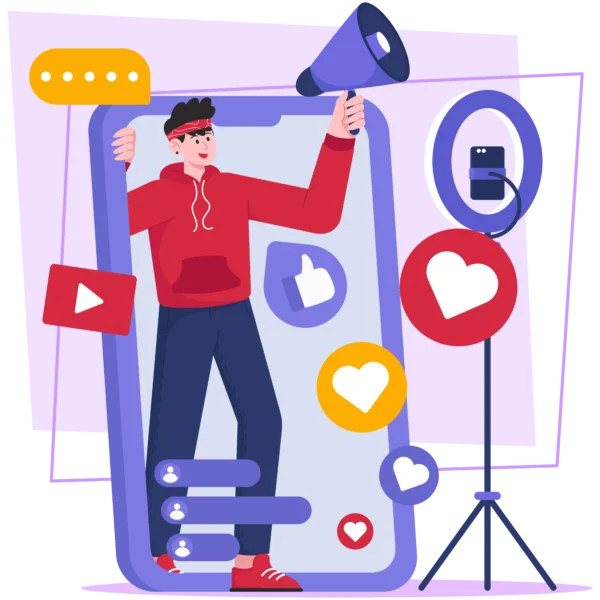Introduction: The Power of Visual Storytelling in Content Marketing
Visual storytelling is a powerful tool in content marketing. It encompasses the use of images, videos, infographics, and other visual content to convey a message or a story. This approach can significantly enhance the impact of your content, making it more engaging and memorable to your audience.
Visual content is incredibly potent because our brains process visual information much faster than text. According to research, visuals are processed 60,000 times faster than text, making them an excellent medium for capturing attention and communicating complex ideas quickly and effectively.
The power of visual storytelling lies in its ability to engage multiple senses.
Visual content is more memorable and engaging than text-based content.
Incorporating visuals into your content marketing strategy can significantly increase engagement and conversion rates.
The Impact of Images and Videos on Audience Engagement
Images and videos play a critical role in audience engagement. They add depth to your content, making it more appealing and digestible to your audience. A well-placed image or an engaging video can break up large blocks of text, adding visual interest and keeping your audience engaged.
Research shows that content with relevant images gets 94% more views than content without. Additionally, social media posts with visuals generate more engagement – 2.3 times more than those without. The impact of videos is even more significant. It’s estimated that by 2022, online videos will make up more than 82% of all consumer internet traffic, highlighting the growing importance of video content in audience engagement.
Images and videos can significantly increase audience engagement and content performance.
Content with relevant images gets 94% more views.
Online videos will make up over 82% of all consumer internet traffic by 2022.
Effective Image Selection and Optimization
The selection and optimization of images are crucial steps in visual storytelling. The images you choose must be relevant, high-quality, and engaging. They should support your content’s narrative, reinforce your message, and resonate with your target audience.
When optimizing images, consider factors like size, format, and load time, as these can significantly impact your website’s performance and SEO. Also, make sure to use alt tags and captions to provide context to search engines and improve accessibility.
Select images that are relevant, high-quality, and engaging.
Optimize images for size, format, and load time to enhance website performance and SEO.
Use alt tags and captions to provide context and improve accessibility.

Creating Compelling Videos for Content Marketing
Creating engaging and compelling videos is no small feat. It requires planning, creativity, and a deep understanding of your audience’s needs and preferences. Start by defining your video’s purpose and target audience. Then, plan your content, script, and storyboard.
Ensure your videos are high-quality, visually appealing, and concise. They should deliver value to your audience, whether in the form of information, entertainment, or both. Also, remember to optimize your videos for SEO by using relevant keywords in the title, description, and tags.
Define your video’s purpose and target audience.
Ensure your videos are high-quality, visually appealing, and concise.
Optimize your videos for SEO by using relevant keywords.
Integrating Visuals into Written Content
Seamlessly incorporating visuals into your written content is a delicate art. When done correctly, it can significantly enhance the reader’s experience and engagement. Visuals should complement the text, not distract from it. They should also be strategically placed to break up the text and make it more digestible.
There are many ways to integrate visuals. Infographics, for example, can summarize complex data or processes. Graphs and charts can illustrate statistics and trends, while relevant images can add depth to your narrative. Remember, every visual should serve a purpose and add value to your content.
Visuals should complement the text and be strategically placed.
Infographics, graphs, charts, and relevant images can be used effectively.
Every visual should serve a purpose and add value to your content.

Social Media and Visual Storytelling
Social media platforms are ideal channels for visual storytelling due to their highly visual nature. Each platform, however, has its unique characteristics and audience preferences, so it’s crucial to tailor your visual content accordingly.
Instagram, for instance, is perfect for sharing high-quality images and short videos, while YouTube is designed for longer video content. On the other hand, platforms like Facebook and Twitter allow for a mix of text and visuals. Understanding these dynamics can help you create and share more effective visual content on social media.
Each social media platform has unique characteristics and audience preferences.
Tailor your visual content according to the platform’s nature.
Understanding platform dynamics can enhance your visual content’s effectiveness.
Case Studies: Successful Visual Storytelling in Content Marketing
Visual storytelling isn’t just a theory. Many businesses have used it to great effect in their content marketing. Let’s look at a couple of examples.
Airbnb is a prime example of a brand that uses visual storytelling effectively. They leverage user-generated content, sharing photos and stories of hosts and travelers from around the globe. This tactic not only humanizes the brand but also inspires others to partake in the Airbnb experience.
Another example is the global skincare brand, Dove. Dove’s “Real Beauty” campaign used powerful imagery and stories to challenge conventional beauty standards. By telling real stories of real women, Dove managed to create an emotional connection with their audience, leading to a significant boost in brand engagement and loyalty.
Airbnb and Dove are examples of successful visual storytelling in content marketing.
Airbnb leverages user-generated content, while Dove’s “Real Beauty” campaign challenges conventional beauty standards.
Both brands managed to create an emotional connection with their audience, leading to increased engagement and loyalty.
Conclusion: Mastering Visual Storytelling for Content Marketing Success
In conclusion, visual storytelling is a powerful tool in content marketing. It enhances audience engagement, makes your content more memorable, and can even boost conversion rates. But like any tool, it must be used correctly.
Mastering the art of visual storytelling involves understanding your audience, choosing the right visuals, and integrating them seamlessly into your content. It also requires creativity and a keen eye for details. By harnessing the power of visuals, you can make your content marketing efforts more effective and drive your business success.
Visual storytelling is a powerful tool in content marketing.
Mastering it involves understanding your audience, choosing the right visuals, and integrating them seamlessly into your content. By harnessing the power of visuals, you can enhance your content marketing efforts.










